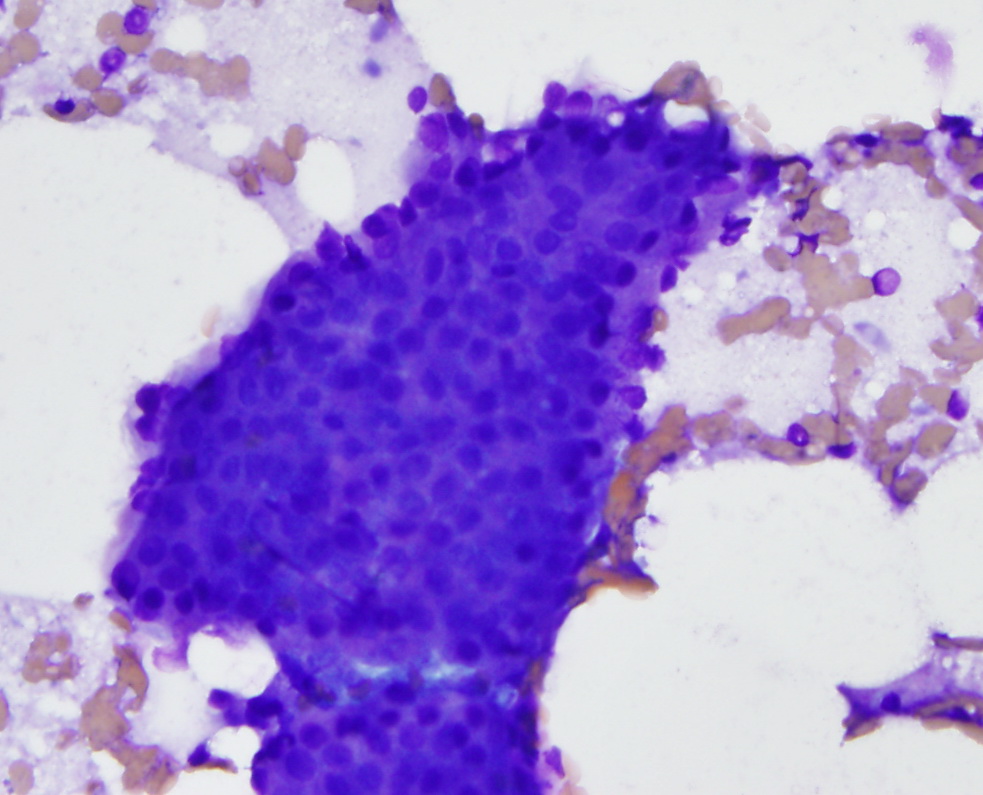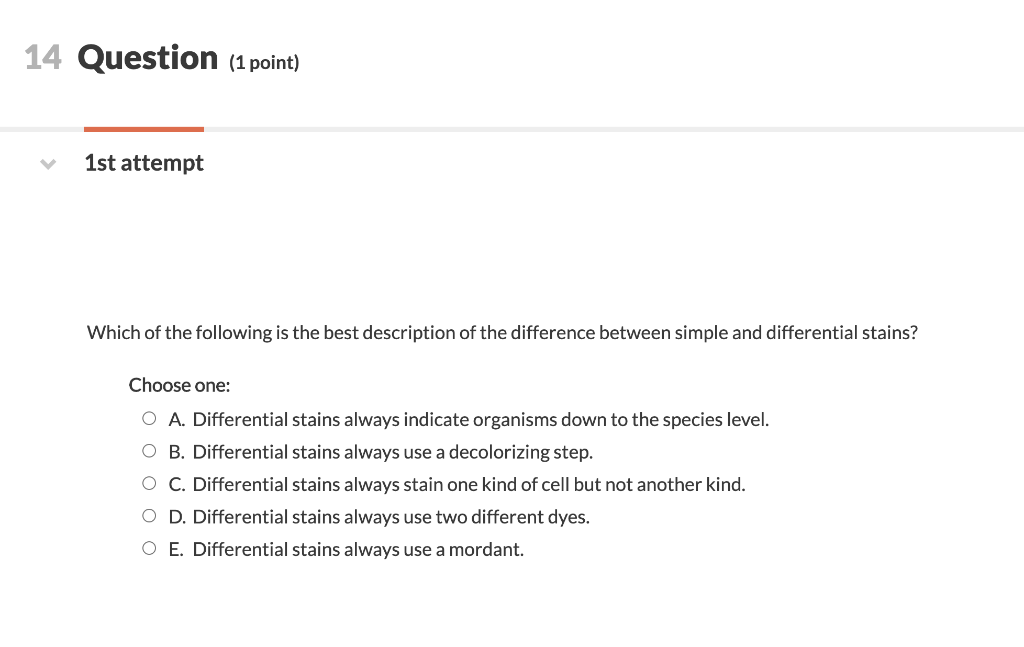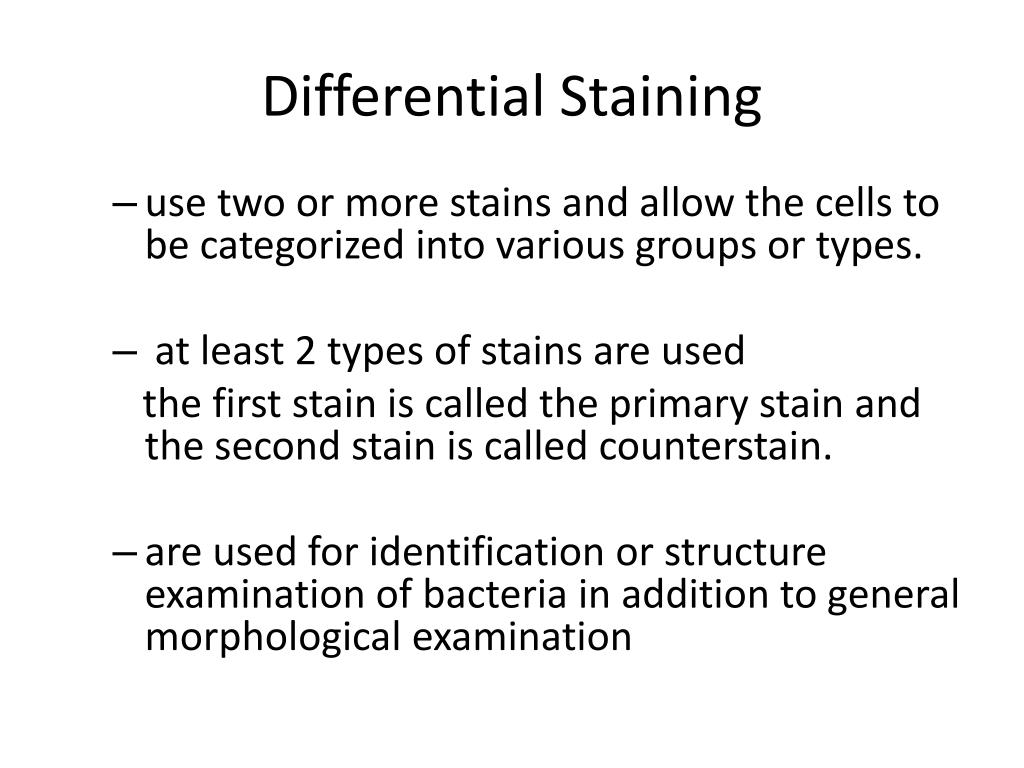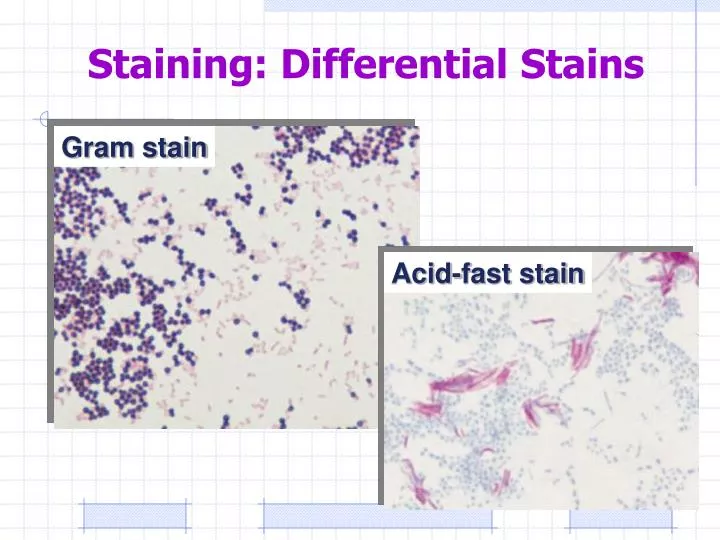Differential Stains Include - 56 rows differential staining procedures allow distinctions between groups of microorganisms. Differential staining methods, which typically require more than one stain and several. In other words, two organisms in a differentially stained sample may appear to be.
56 rows differential staining procedures allow distinctions between groups of microorganisms. Differential staining methods, which typically require more than one stain and several. In other words, two organisms in a differentially stained sample may appear to be.
Differential staining methods, which typically require more than one stain and several. In other words, two organisms in a differentially stained sample may appear to be. 56 rows differential staining procedures allow distinctions between groups of microorganisms.
580774 Simple Differential Staining Q1 Deprecated API usage The SVG
56 rows differential staining procedures allow distinctions between groups of microorganisms. Differential staining methods, which typically require more than one stain and several. In other words, two organisms in a differentially stained sample may appear to be.
Solved What makes a differential stain more informative than
Differential staining methods, which typically require more than one stain and several. 56 rows differential staining procedures allow distinctions between groups of microorganisms. In other words, two organisms in a differentially stained sample may appear to be.
Differentials Stains for Cytology
Differential staining methods, which typically require more than one stain and several. In other words, two organisms in a differentially stained sample may appear to be. 56 rows differential staining procedures allow distinctions between groups of microorganisms.
Differential Stain Examples
In other words, two organisms in a differentially stained sample may appear to be. Differential staining methods, which typically require more than one stain and several. 56 rows differential staining procedures allow distinctions between groups of microorganisms.
Differential Staining
In other words, two organisms in a differentially stained sample may appear to be. Differential staining methods, which typically require more than one stain and several. 56 rows differential staining procedures allow distinctions between groups of microorganisms.
Solved 14 Question (1 point) 1st attempt Which of the
56 rows differential staining procedures allow distinctions between groups of microorganisms. In other words, two organisms in a differentially stained sample may appear to be. Differential staining methods, which typically require more than one stain and several.
Solved Differential Staining Worksheet (5] Apply what you
56 rows differential staining procedures allow distinctions between groups of microorganisms. Differential staining methods, which typically require more than one stain and several. In other words, two organisms in a differentially stained sample may appear to be.
Solved What common this lab? What is the difference between
56 rows differential staining procedures allow distinctions between groups of microorganisms. In other words, two organisms in a differentially stained sample may appear to be. Differential staining methods, which typically require more than one stain and several.
PPT Differential Staining Techniques PowerPoint Presentation, free
Differential staining methods, which typically require more than one stain and several. In other words, two organisms in a differentially stained sample may appear to be. 56 rows differential staining procedures allow distinctions between groups of microorganisms.
PPT Staining Differential Stains PowerPoint Presentation, free
56 rows differential staining procedures allow distinctions between groups of microorganisms. In other words, two organisms in a differentially stained sample may appear to be. Differential staining methods, which typically require more than one stain and several.
56 Rows Differential Staining Procedures Allow Distinctions Between Groups Of Microorganisms.
Differential staining methods, which typically require more than one stain and several. In other words, two organisms in a differentially stained sample may appear to be.





![Solved Differential Staining Worksheet (5] Apply what you](https://media.cheggcdn.com/media/351/351d1c3e-b2df-454e-91ee-d44fc55f112f/phpHEARE1)


